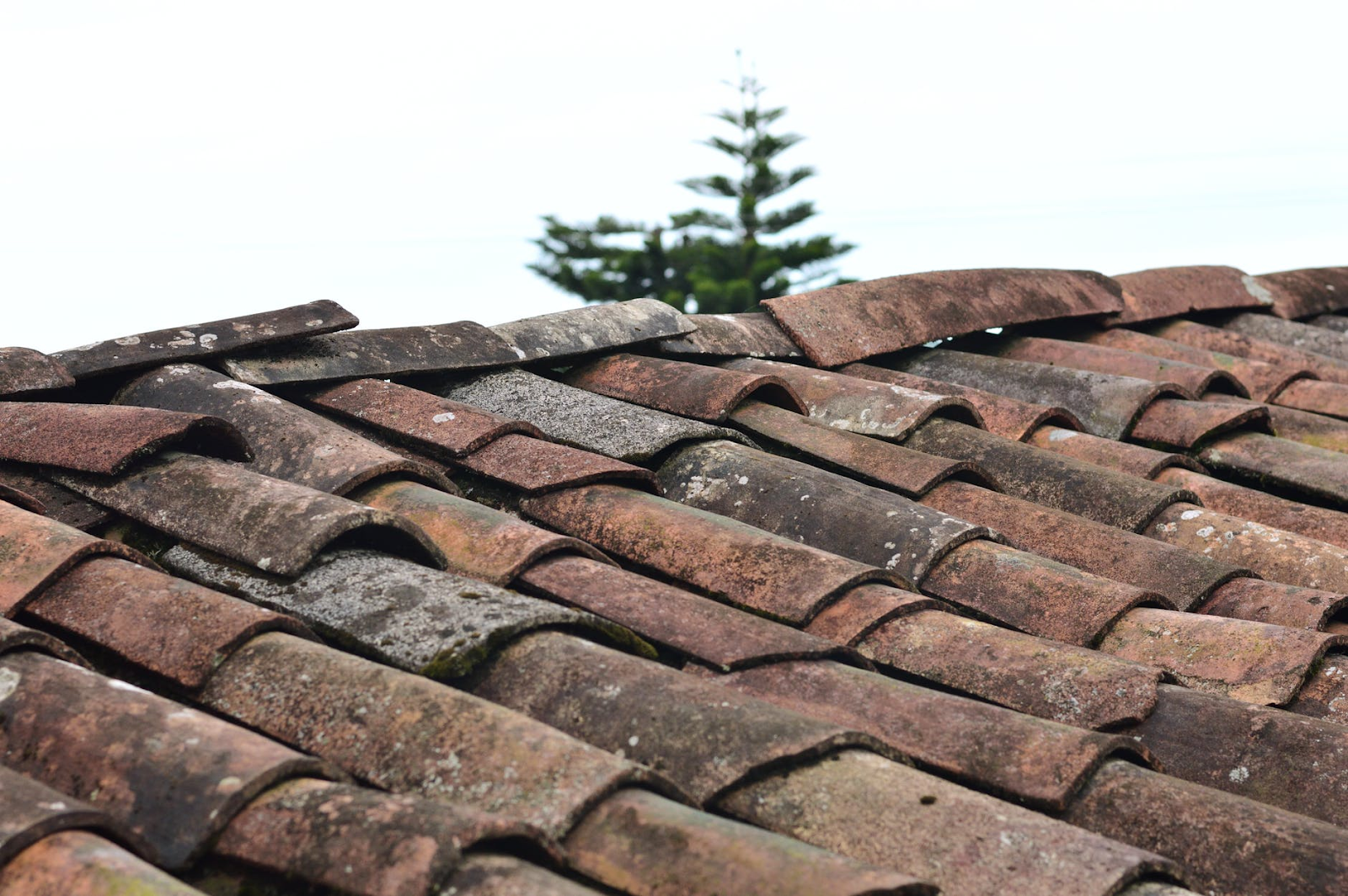Roofing problems are a prevalent issue for homeowners. Whether you live in an apartment or have your own house, there is always the risk of experiencing some roofing problem at some point in time. With this blog post, I want to discuss four of the most common reasons why roofs leak and how you can fix them, so they don’t become a big problem.
Leaks
Experiencing a leak in your roof is a significant cause for concern. To address the issue, you will need to identify the source of the problem and find out if it can be repaired or not. If so, here are some steps:
First off, ensure that all seams on flashings have been sealed with caulking sealant (or other waterproofing material). Second, check for any protrusions such as nails or bolts that may puncture through the roof membrane when water pressure builds against them. Finally, check whether there’s ponding water anywhere on top of your home that could lead to leaks underneath your building envelope – this means checking around pipe stacks near vents and chimneys too.
If none of these things seem like the source of the leak, you may need to replace your roof. Often, roofing specialists at hoelrr.com insist that when it comes to replacing the roof, the type of material is also a crucial consideration. An expert roofing contractor will be able to advise you on the best option for your home.
Curled shingles
Curled shingles are often the result of improper installation. A very steep roof also causes them, so it cannot hold water properly, or high winds which can blow shingles off the roof.
The best way to fix curled shingles is to invest in asphalt sealant at your local home improvement store and apply it over the top of the existing shingle. This will help keep them from curling up again when exposed to moisture and windy conditions. It’s important not to wait for this problem before you go ahead with repairs as it may only worsen!
A great tip if you have already installed new shingles on your roof is to purchase metal flashing (commonly known as “shingle nails”) where they overlap under your eaves or over your roof vents. This will help provide a much-needed sealant for the shingles, preventing them from curling up in these areas too!
Sagging roof decking or fascia boards
Experiencing sagging decking or fascia boards on your roof should be fixed promptly to prevent further damage. The most common cause for sagging decking and fascia boards is improper flashing installation or water seepage beneath the material on top of the rafters.
Fixing either one will resolve this problem, but it may also necessitate replacing damaged wood if there’s too much rot in the area where repairs are made.
Sagging steel decks can result from several causes, including age-related corrosion, which makes them sag over time; metal fatigue due to repeated bending; loosening screws that hold down the panels, which causes it to droop downward; insufficient bracing at joints between pieces, allowing lateral movement and hence causing sagging of adjacent members.
There are two easy fixes for a sagged steel deck. Either add one or more posts in the location that’s drooping or replace an area of panels with new ones that don’t sag.
The first option will need to be done if there are no posts nearby and have enough space on your roof. The second solution is best when replacing just part of the decking.
Broken/missing tiles

Having broken or missing tiles is a common problem and one that is easy to fix.
Some steps include:
-First, clean the area with water or mild detergent using a soft brush and broom. Don’t use harsh chemicals such as bleach, damaging your roofing material; instead, try vinegar since it doesn’t have any adverse effects on many shingle materials but still kills mold spores.
-Next, fill in the cracks with an appropriate sealant – there are various types available for different purposes, from waterproofing asphalt roofs to sealing wood shakes. The type you choose will depend on what type of tiles you have up there already, so make sure to read instructions carefully before applying anything directly onto them!
-Finally, repair the broken tile by either replacing it or gluing a new one in place.
-If you’re not sure, call in an expert to help fix the problem for you!
Roofing problems are inevitable, but it’s essential to know how to deal with them. The article has provided you with various solutions that can help you safeguard your home or business from the effects of water damage and other roof-related issues.


